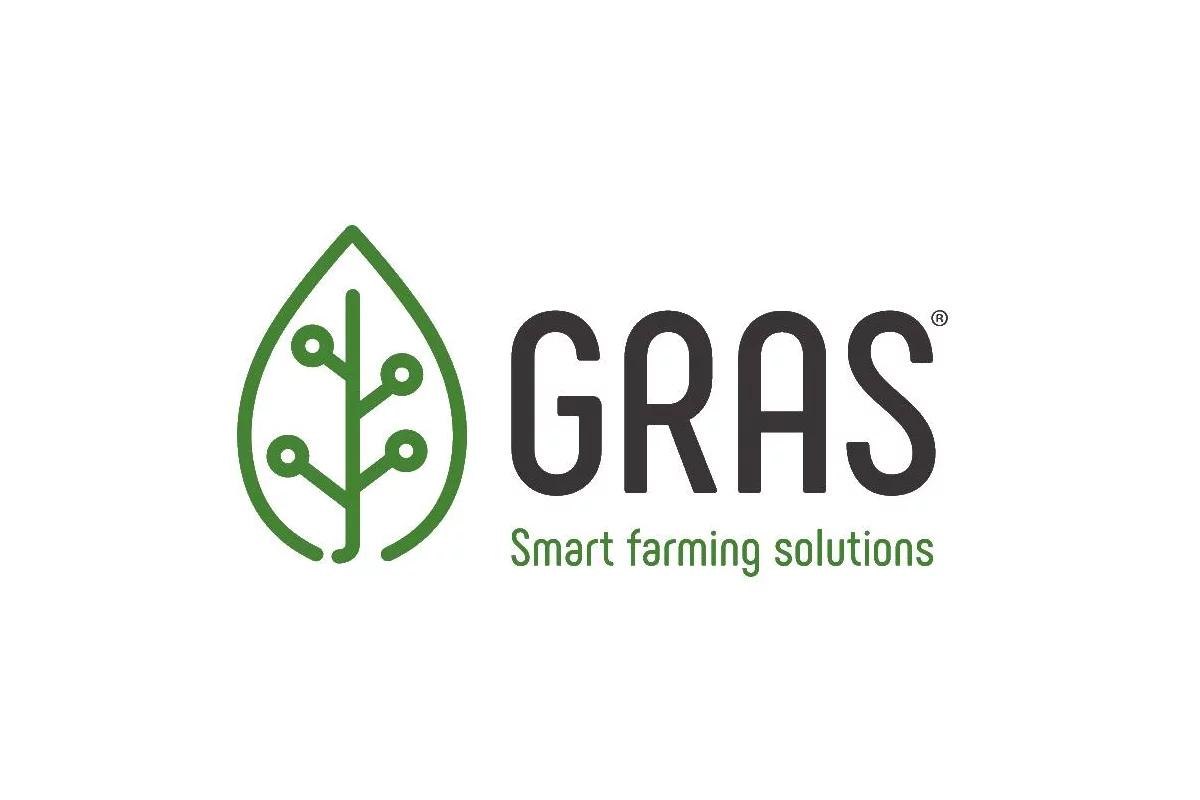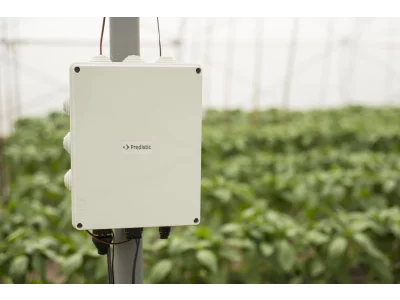Problem statement
GRAS automates the control of sunshades and windows in a greenhouse “Oranjeria” using real-time climate data. It adjusts ventilation and light exposure based on temperature, humidity, wind, solar radiation, and rainfall to ensure optimal conditions for plant growth.
Main outcome
By implementing the GRAS system, the Greenhouse has significantly improved energy efficiency and reduced operational costs. Water consumption for irrigation has decreased substantially, and labor hours have been optimized. Automation has eliminated human errors, such as overwatering or drought stress. The system proactively responds to environmental changes by managing ventilation, heating, anti-freeze systems, and adjusting windows and shades without manual intervention. This has enhanced climate control while reducing the need for constant supervision.










